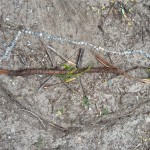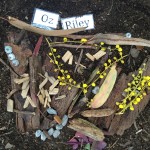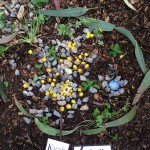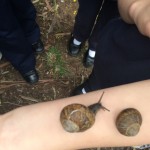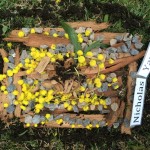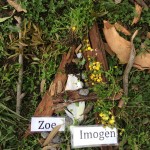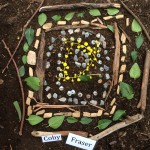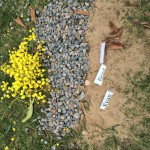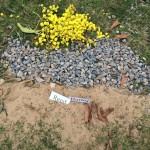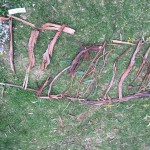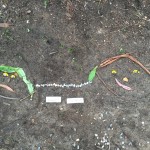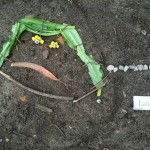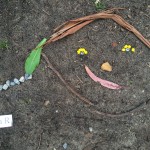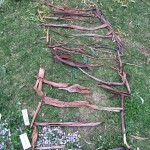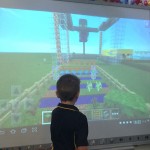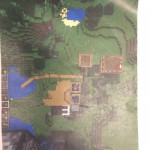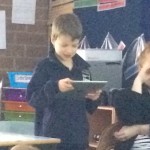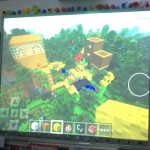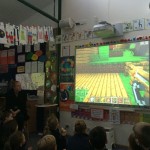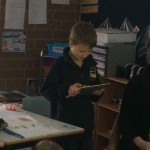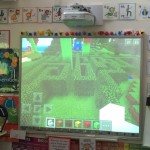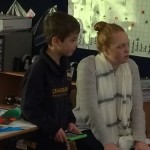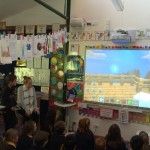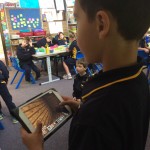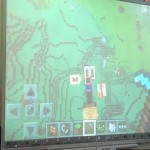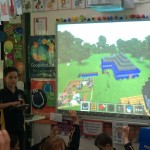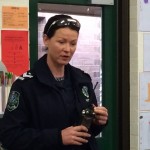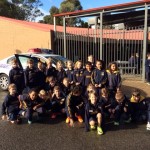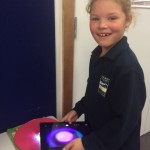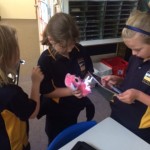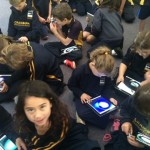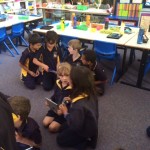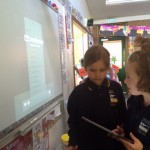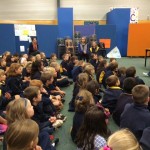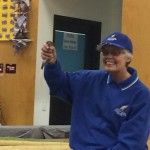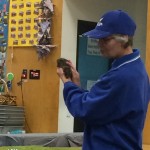The 3 Year 2 classes are learning about sustainability through different inquiry tasks relating to plants – their needs, the parts of plants, varieties of plants and how we care of the environment. We had helpers from each of our classes to create the worm farm and then they are reporting back to their classes to explain how we set up the worm farm.
We have made a worm farm so we can see how worms use our food scraps to create compost and worm wee. We can then use the worm wee to fertilise our garden beds in the ELC (Environmental Learning Centre).
We followed a procedure to make the worm farm.
First, we made some mulch by soaking a mulch brick in some water overnight.
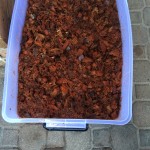
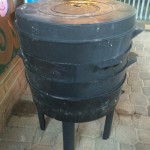

Then we put the mulch into the worm farm and Jessica ripped up newspaper to add to the mulch. (Worms love to live in mulch and newspaper.)
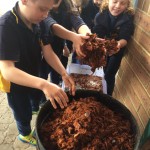

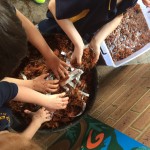
Next we opened the box of worms and added them to the mulch/ newspaper mix.
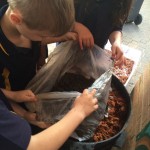
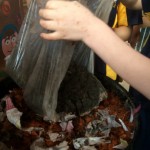
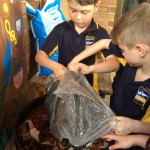
Using our hands we carefully mixed the worms into the mulch mixture.


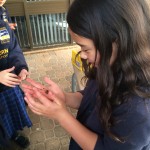
Finally, we added some food scraps so the worms had something to eat.

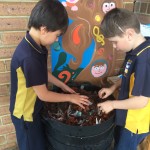
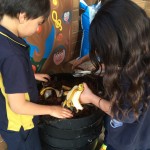
We need to make sure our worm farm stays cool – worms die if they get hot. We need to add food scraps like banana skins, apple cores and other fruit and vegetable scraps. We won’t add any citrus scraps (lemon, mandarine or orange) as worms don’t like them and they don’t rot into the mulch mixture.
